SLS vs SLSa - what is the difference and why should you care? Their acronyms may only be one letter different but their properties are far greater and worth knowing. It is easy to see why these two names can get confused, which is not convenient as they could not be any more different in terms of safety and quality. The aim here is to dive in a little more to clarify the difference between the two and know what is in the products you are purchasing.
Sodium Lauryl Sulfate is a very inexpensive surfactant that creates large bubbles when combined with water. So what's the issue? SLS (as it's commonly referred to) dries out the skin pulling all nutrients, moisture and minerals out- leaving drier and more damaged skin. It trades at pennies on the dollar for production which is why many large CPG brands use it in their cosmetics. Hmmmm no thank you!
SLS has a small molecular structure and in turn penetrates the skin with ease and is known as a skin irritant and contains elements that have been linked to cancer. It is often used in dish soaps as the product isn’t intended for the skin specifically.

Not A Friend for Your Skin...
This chemical detergent that is quite often found in shampoos, toothpaste, soaps (not handmade), body wash, and other cleansing products that create a lather and foam. In the health & beauty care/cosmetic industry, SLS is still used in the majority of mass market products because it is super cheap and a effective degreaser, but can be very harsh on the skin. It's a small molecule chemical, which means it passes right into your body pretty easily. The American College of Toxicology showed that concentrations as low as 0.5% could cause irritation and concentrations of 10-30% can cause skin corrosion and severe irritation.
Why are surfactants such as SLS used if they are irritants- bottom line is cost. They are cheap ingredients and therefore for mass production, the bottom dollar is the priority. The fact that these two (SLS & SLSa) are easily confused allows some companies to take advantage of the fact and disguise their use of SLS with clever advertising. Consumers may be fully unaware of the causes of SLS or not bother reading the ingredients if the marketing is clever enough. The trouble lies in the fact that when a consumer sees sodium lauryl, they may think that all surfactants are skin damaging or not even read past sodium lauryl and automatically think they are all created equal.
SLSa (Sodium Lauryl Sulfoacetate): What is it?
SLSa’s molecular size of the surfactant is large, and therefore it does not penetrate the skin. It is derived from coconut and palm oils and is safe, skin friendly cleanser that provides a rich quality lather. Lathanol (as you may also see this product listed as) trades at nearly 400x what SLS trades at per ounce. We believe in using only the best, safest suds for our consumers.

Your Skin Deserves SLSa...
Sodium Lauryl Sulfoacetate OR Lathanol LAL Fine is a powder used to make bath salts and bath bubble as it creates a foaming lather.
Sodium Lauryl Sulfoacetate is not referred to as SLS in the beauty industry and has a completely different profile in terms of performance and mildness. SLSa is derived from coconut and palm oils and is classified as a safe skin friendly surfactant for both skin and hair because of its large molecular structure. This mild plant derived surfactant creates a lather that effectively removes surface oil, dirt and bacteria, without stripping or drying sensitive skin.
SLSa is also hydrophilic, this means it is attracted to water, which enables it to dissolve more readily in water, thus providing superior rinse ability. It is becoming the standard foaming ingredient for those who are looking for "natural" products for body and haircare.
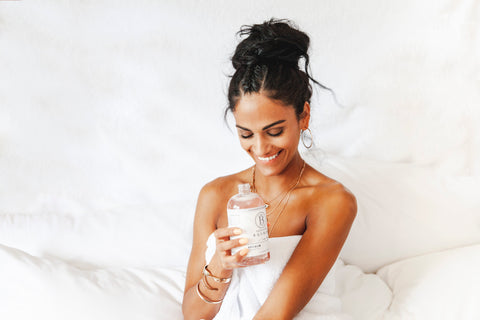
At Bathorium we are proud to say we only use SLSa in our products are strive for not only beautifully smelling products, but also ones that are safe and benefit your skin.
We want everyone to Bath, Beautifully.
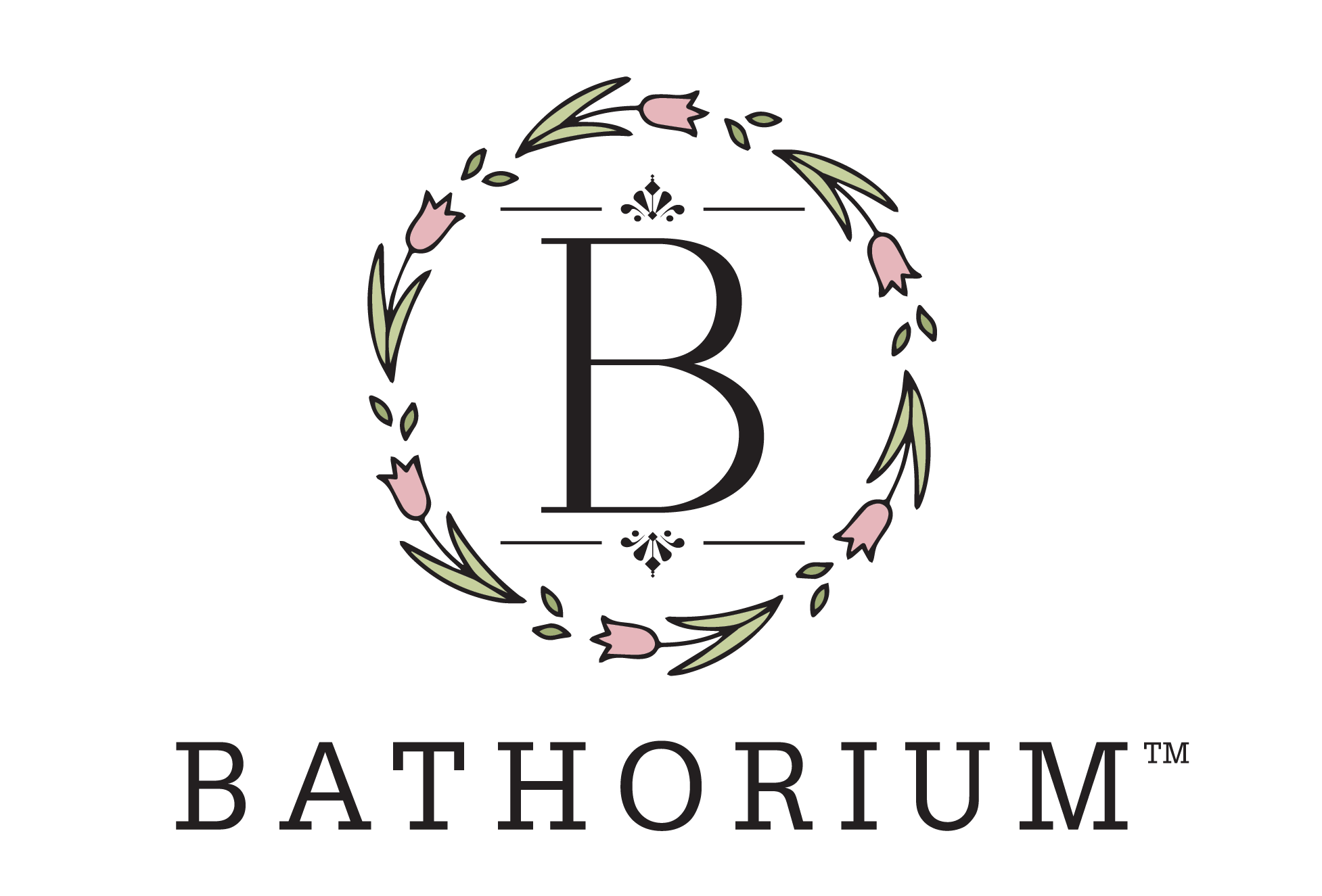

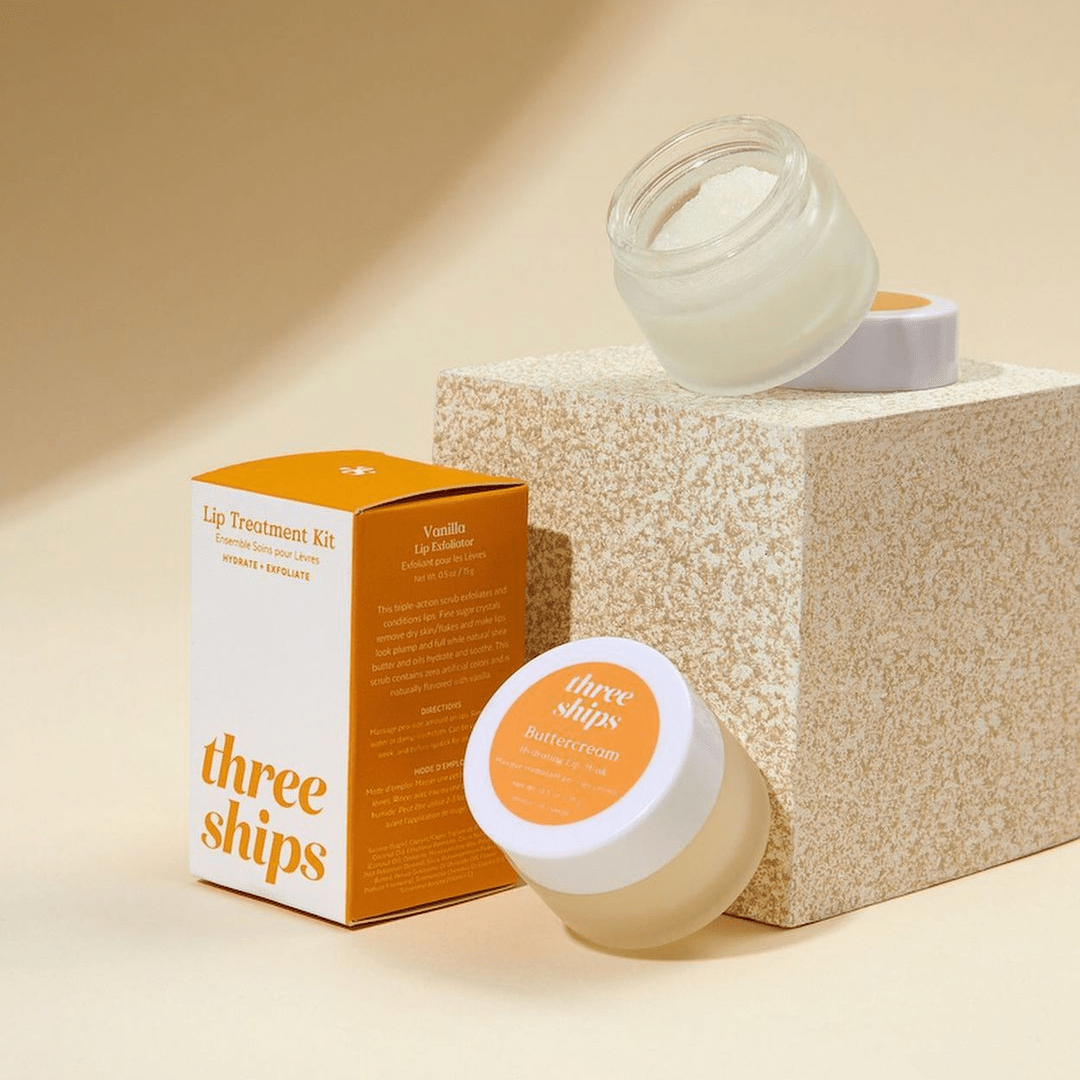
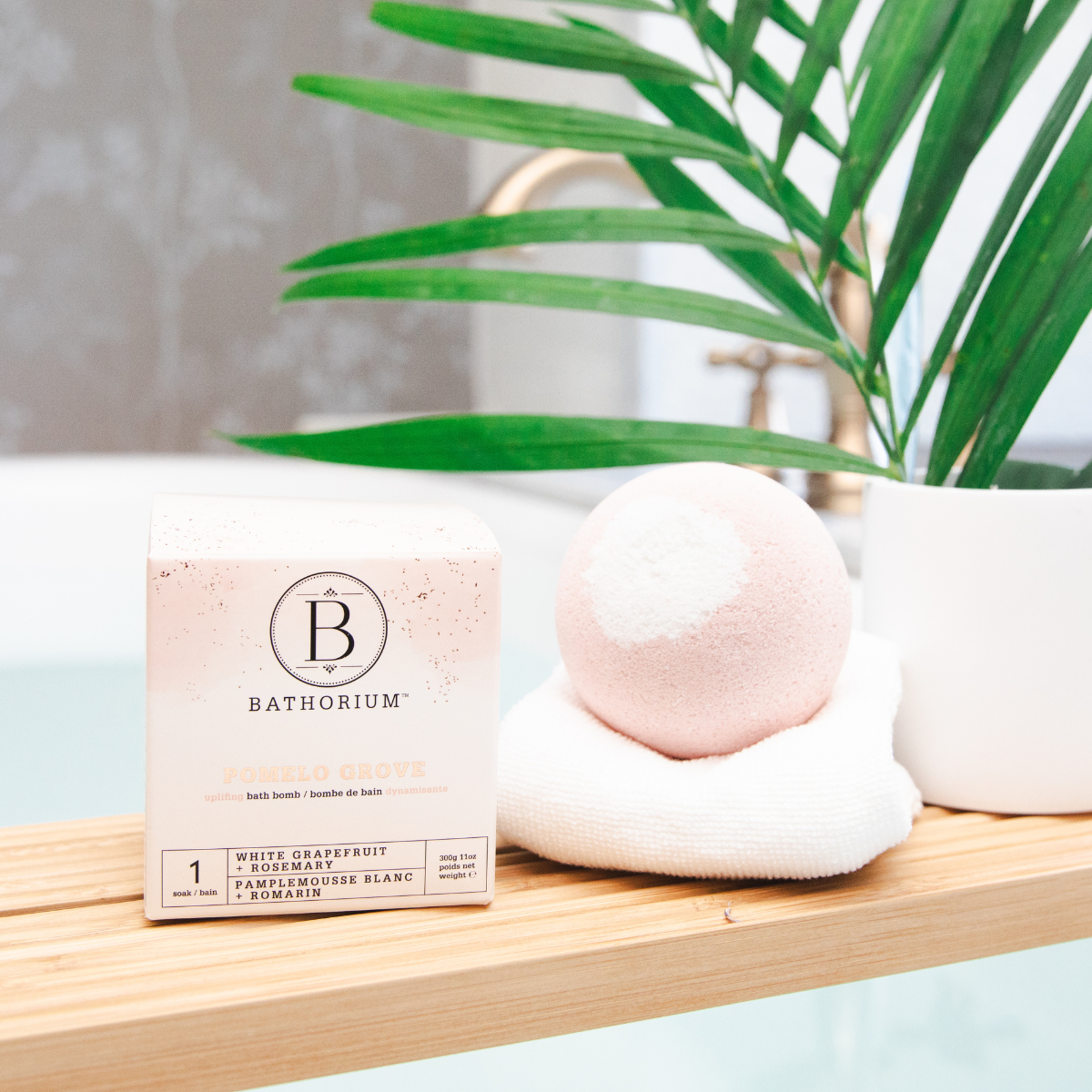
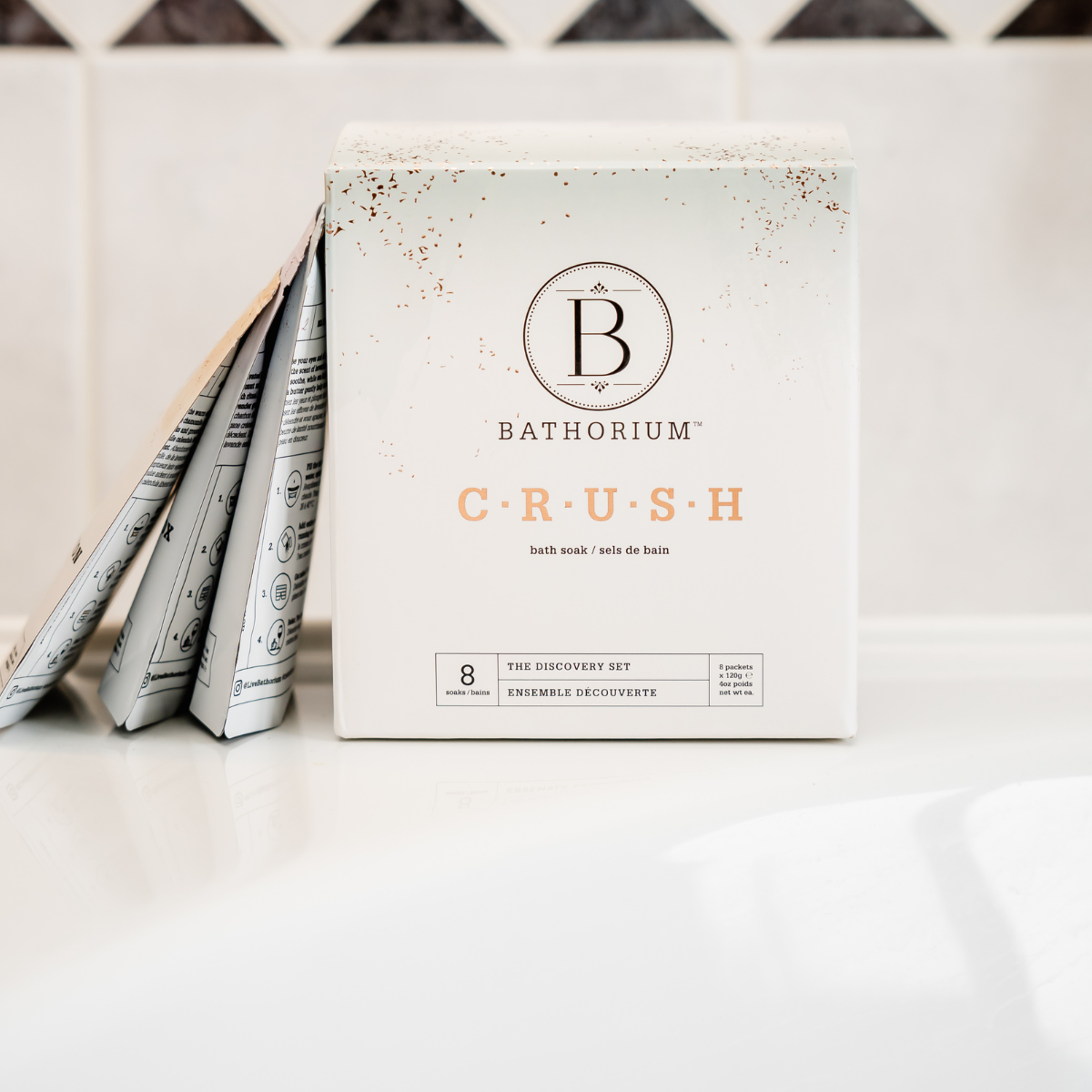
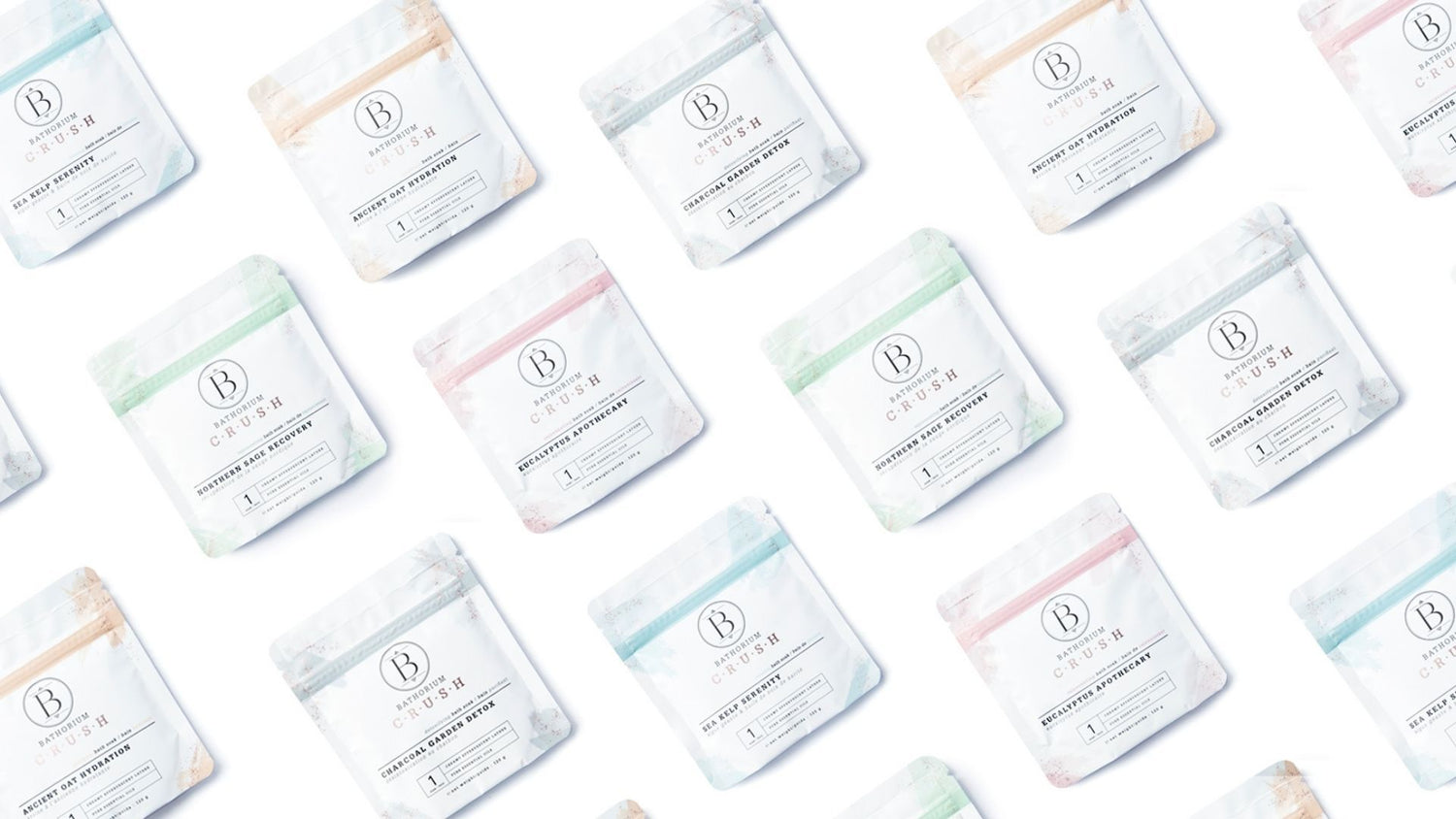
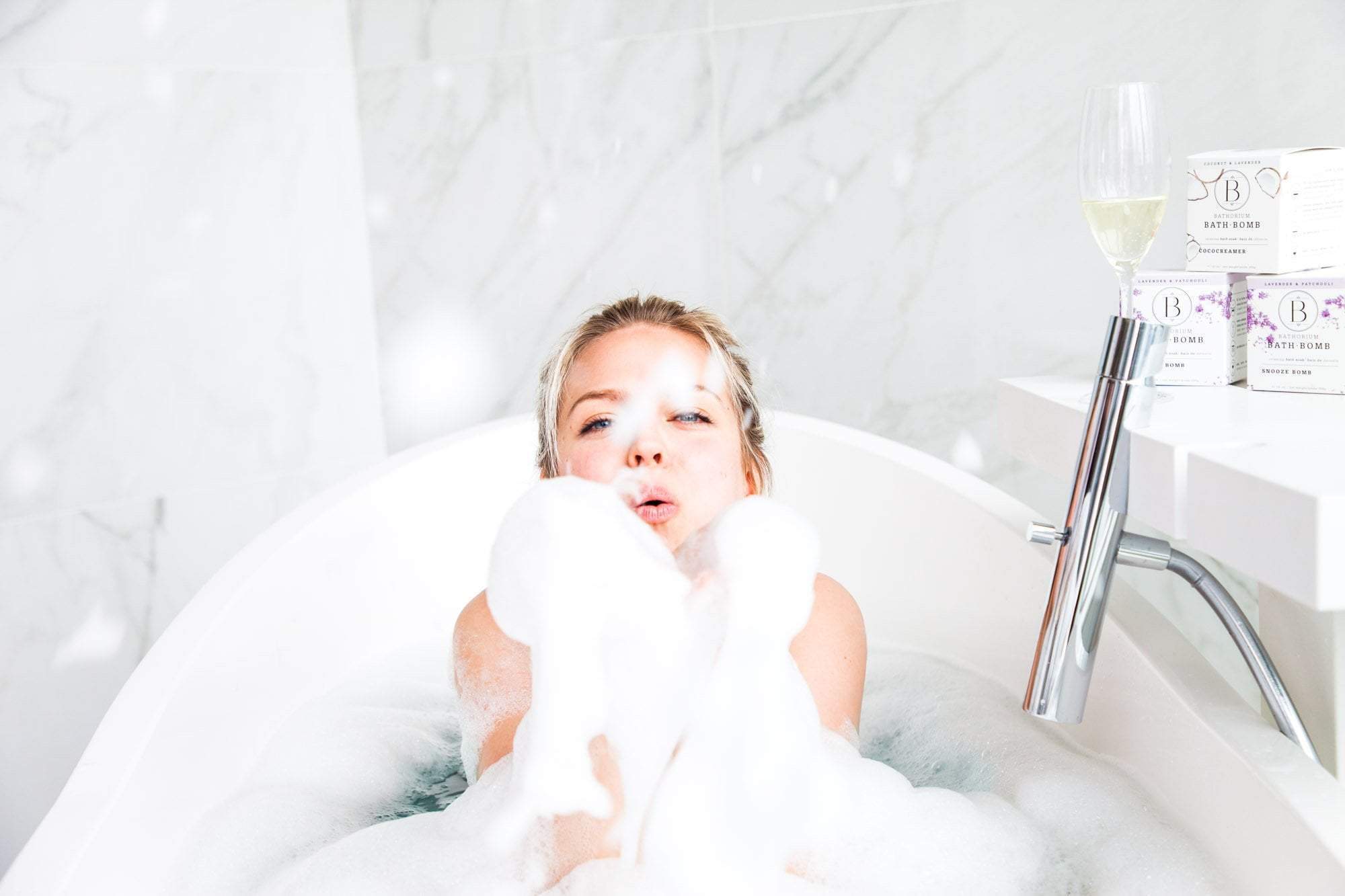

Leave a comment
This site is protected by reCAPTCHA and the Google Privacy Policy and Terms of Service apply.